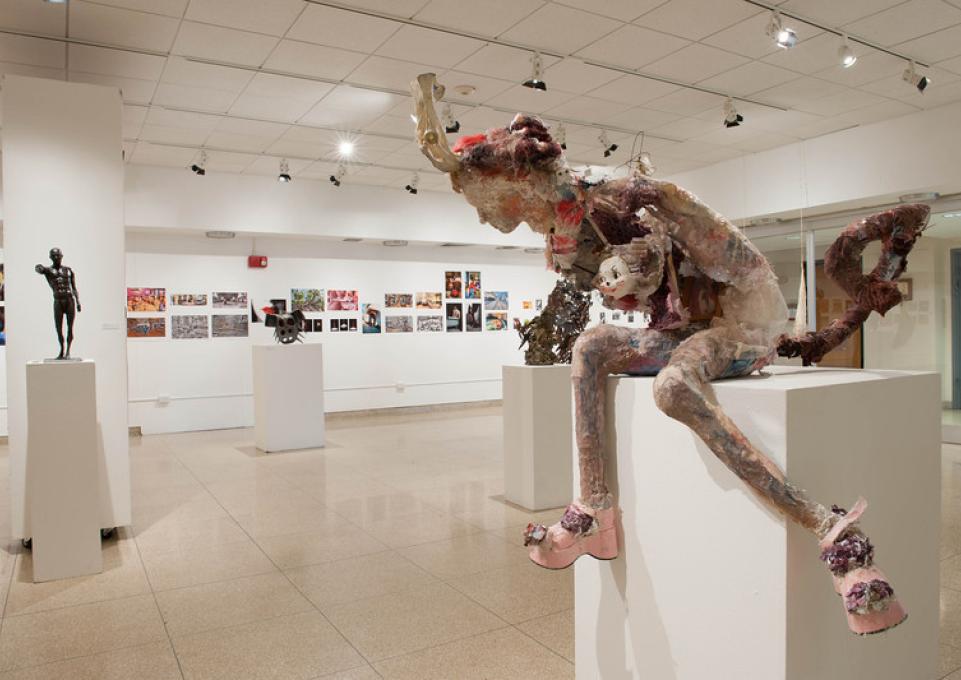
 The College Database, a non-commercial website that provides students and parents with college and career-related data, has ranked SUNY Buffalo State's visual arts programs 13th on its "Top 50 U.S. Colleges Where Art Programs Abound” list.
The College Database, a non-commercial website that provides students and parents with college and career-related data, has ranked SUNY Buffalo State's visual arts programs 13th on its "Top 50 U.S. Colleges Where Art Programs Abound” list.
The colleges and universities included in the list offer students the widest range of art program options. At Buffalo State students can pursue nine different bachelor of fine arts degree in such areas as painting, sculpture, and ceramics, along with several bachelor of arts and bachelor of science degrees to prepare them to become professional artists, art historians, and teachers.
“As the largest and most comprehensive visual arts program at a four-year SUNY college, we offer students from New York and many other states visual arts choices unheard of at this level,” said Stephen Saracino, professor of metalsmithing in the Design Department.
“We offer a complete fine arts program, four distinct craft areas—ceramics, fibers, furniture/wood and metals/jewelry—communication design, interior design, art history, and an art education component, said Saracino. "When combined, they create a perfect environment for prospective art students wanting access to interdisciplinary program diversity, caring teaching artists, and a broad-breadth curriculum that is unmatched within SUNY.”
Benjamin Christy, dean of the School of Arts and Humanities, noted that almost 10 percent of undergraduates at Buffalo State major in the visual arts.
“We are proud of Buffalo State’s position as a preferred destination for arts study,” said Christy. “Additionally, at the master’s level, the college’s internationally acclaimed art conservation program, one of only three in the United States, prepares graduates to conserve and preserve mankind’s cultural artifacts worldwide. Another jewel at Buffalo State is our campus partner, the Burchfield Penney Art Center, which specializes in the art of Western New York and is an inspiring resource for students, faculty, and visitors."
The College Database relies on data sets from the federal government and the Carnegie Foundation. Primary sources and partners include the National Center for Education Statistics, Integrated Postsecondary Education Data, and Carnegie Classification.
